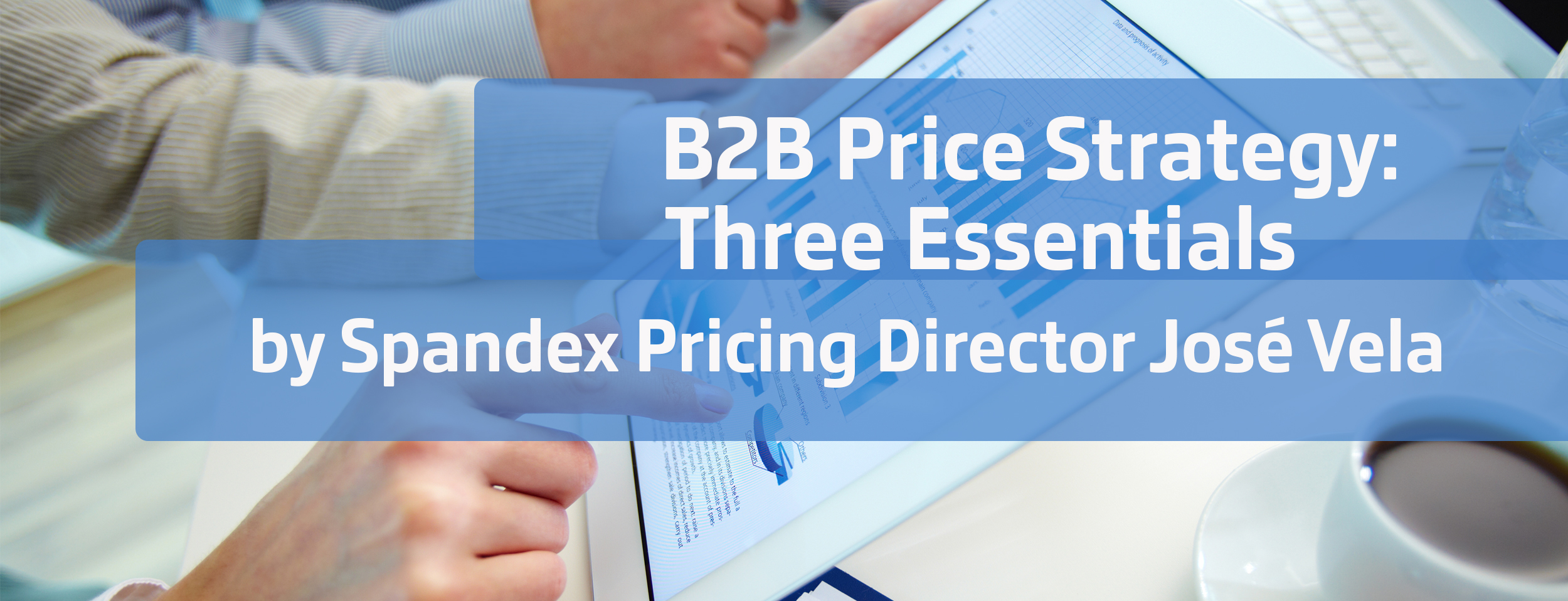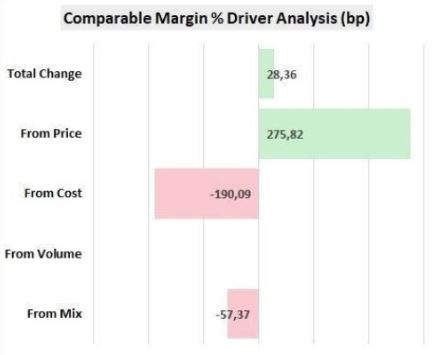
In this blog post, Jose Vela, Pricing Director at Spandex, one of the world’s leading suppliers of materials and equipment to the sign making and graphic industries, covers three essentials to a sound B2B pricing strategy, based on his experience in pricing and from over 25 years of general management roles.
What are the essentials of a sound price strategy? How important is your price strategy for overall business health? I've held the role of general manager for the last decade and have held various managerial roles for more than fifteen years. I can honestly state that, in all my years at top managerial levels, I’d not thoroughly considered these questions.
Now I'm in a pricing director role for just three months. If only I had known a fraction about pricing that I know now (and I know very little yet!) the performance of the business I was running would have boosted! Below are the three essentials I’ve learned in this short time:
No. 1: Pricing can make a significant impact on sales, profits and EBITA.
It’s well-established that a price rise of 1 percent, assuming volumes stay stable, can generate an 8 percent increase in operating profits. Yet, it’s harder to imagine this impact on our own P&L statements. Luckily, data and analytics allow us to see our business more clearly than ever before. I continue to be amazed at the significant impact a sound pricing policy can make in improving sales, profits, and ultimately, EBITDA.
For example, the below analysis reveals what’s truly driving margin lifts. In this case, the business experiences a 28 bps lift in margin percent and we can see that while costs negatively impacted margins, a sound price strategy effectively held the line on margin erosion.

No. 2: Allocate a dedicated resource to pricing, it’s worth the effort.
Pricing strategies should be a dedicated function in every company, but it’s particularly important for very large companies. In fact, I’d recommend if any company has a turnover over €200 million, a dedicated resource to focus on pricing on a full-time basis is essential. Even then, the complexity of large B2B enterprises demands a data-driven approach where the pricing manager can work in tandem with pricing software technology for smarter, more granular customer- and segment-specific pricing strategies. If you only gained 100 bps thanks to pricing, it will be a great investment!
No. 3: It’s not enough to change list prices.
There is a lot of literature about list price actions but I want to focus on list price follow-up. It is not enough to change list prices. In B2B pricing, you also need to be sure you aren't leaving money on the table by giving unnecessary extra discounts after your list price review. What I mean by that is, you can set the perfect list prices, but if over-discounting at the time of negotiation is rampant, margin erosion will still take place. In addition to quoting market-aligned prices to customers, discount approval processes are key. I would also suggest you implement a price index to see the evolution of list price, selling price and cost price. It's quite easy to implement and it gives you a lot of insights about how you are dealing with your list price actions.
What do you think? Are you using data and analytics to set price? Please join the discussion with me on LinkedIn, we’ve got a rich conversation going and I’d like to hear your opinion as well!
About José Vela
José Vela is the director of pricing for Spandex where, as a member of the senior management team, he is responsible for pricing strategy, guidance, implementation, tools and procedures across all countries to all Spandex subsidiaries.
For questions or comments about this article, please contactsocial@zilliant.com
